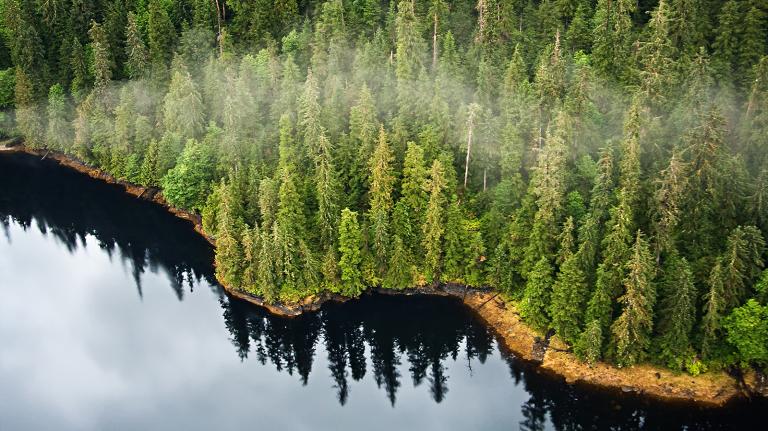Q. Dear Umbra,
We recently heard a sales pitch for a whole-house water filtration system, and now I’m concerned about the safety of my tap water. That particular system cost thousands of dollars — which we don’t exactly have lying around. Do I even need to filter my water? If so, is there a cheaper, but still effective, way to do it? I don’t want my family (including two small kids) to be exposed to anything dangerous!
Emily N.
Lakewood, Colorado
A. Dearest Emily,
If you’ve ever traveled in a developing country, you’re probably familiar with what I call the Moment of Water-Quality Horror: After being very careful not to drink water straight from the tap, you bolt upright in the middle of the night, thinking, Oh no, there was ice in my margarita! or Aaaah, that lettuce was washed in the sink! Then you wait, certain that trip-ruining GI distress will set in at any moment.
Generally, we lucky Americans don’t have to worry about catching Delhi belly from our taps at home, thanks to our regularly tested, regulated municipal water supplies — “one of the safest water supplies in the world,” according to our own Centers for Disease Control and Prevention. However, there’s more to consider than just germs when we’re talking water safety: Any number of other contaminants, from pesticide residues to heavy metals to radioactive chemicals, may also slip into the pipes. And as the crisis in Flint, Michigan, recently reminded us, sometimes all our water safeguards don’t protect us from some seriously troubling additives.
The sad fact is that any number of frightening chemicals (such as benzene, a carcinogenic substance found in gasoline, or perchlorate, a contaminant in rocket fuel), heavy metals (lead, mercury), or naturally occurring nasties (arsenic, radium) might be flowing into your home. The party line over at the U.S. EPA is that it’s likely some of this stuff is sneaking into your water glass — but in such small amounts that it doesn’t pose a risk to healthy people. Beyond that, hundreds of potentially dangerous chemicals aren’t regulated by the EPA — so we don’t even check for them. Children (along with pregnant women, the elderly, and those with compromised immune systems) are particularly vulnerable, so this issue is extra-important for your little family, Emily.
But before you pawn grandma’s jewels to pay for an elaborate filtration system, do your research. Your first order of business: Check your town’s water quality report, called a Consumer Confidence Report. These mandated studies tell you exactly what’s lurking in your water supply, and in what kind of concentrations. If you find anything disturbing, or you want more personalized data for your home, you might also want to test your water independently. (For example, if your pipes were put in before the mid-‘80s, they could be leaching lead.) Call the EPA’s Safe Drinking Water Hotline or check with your local health department for help finding a lab to do the testing.
Let’s say your digging does uncover contaminants of concern in worrying concentrations. In that case, you have several options for filters — many of which are effective without a multi-thousand-dollar price tag. Technology-wise, the biggies are carbon/charcoal filters and reverse osmosis filters. Carbon filters work by absorbing certain pollutants; they’re usually quite affordable, but they don’t catch everything. Reverse osmosis systems, on the other hand, force water through a very fine membrane (and sometimes a carbon filter to boot). They screen out more substances, but they’re pricey, and they waste three to 20(!) times as much water as they produce. So unless your water is laced with something that only reverse osmosis can remove (like, say, hexavalent chromium), a carbon model is probably your best bet. Check this handy list of contaminants from NSF International, a nonprofit lab that develops filter industry standards, to decide.
Carbon filters come in several forms, from the cheap to the high-dollar. On the bargain side of things, we have common carafe-style filters (starting at around $20) and faucet-mounted models ($20-$30). More intensive options include countertop or under-sink systems, which often treat water more quickly, but usually require extra plumbing work and range from around $100 up to a cool $1,000. Whichever fits your budget and filtering needs, make sure the one you buy is NSF-certified to remove the chemicals you’re most concerned about, and change the filter regularly to make sure it’s working in tip-top shape.
Because I’m sure you, like me, prefer that tall glass of water without the side of scary substances, thank you very much.
Hydratedly,
Umbra




